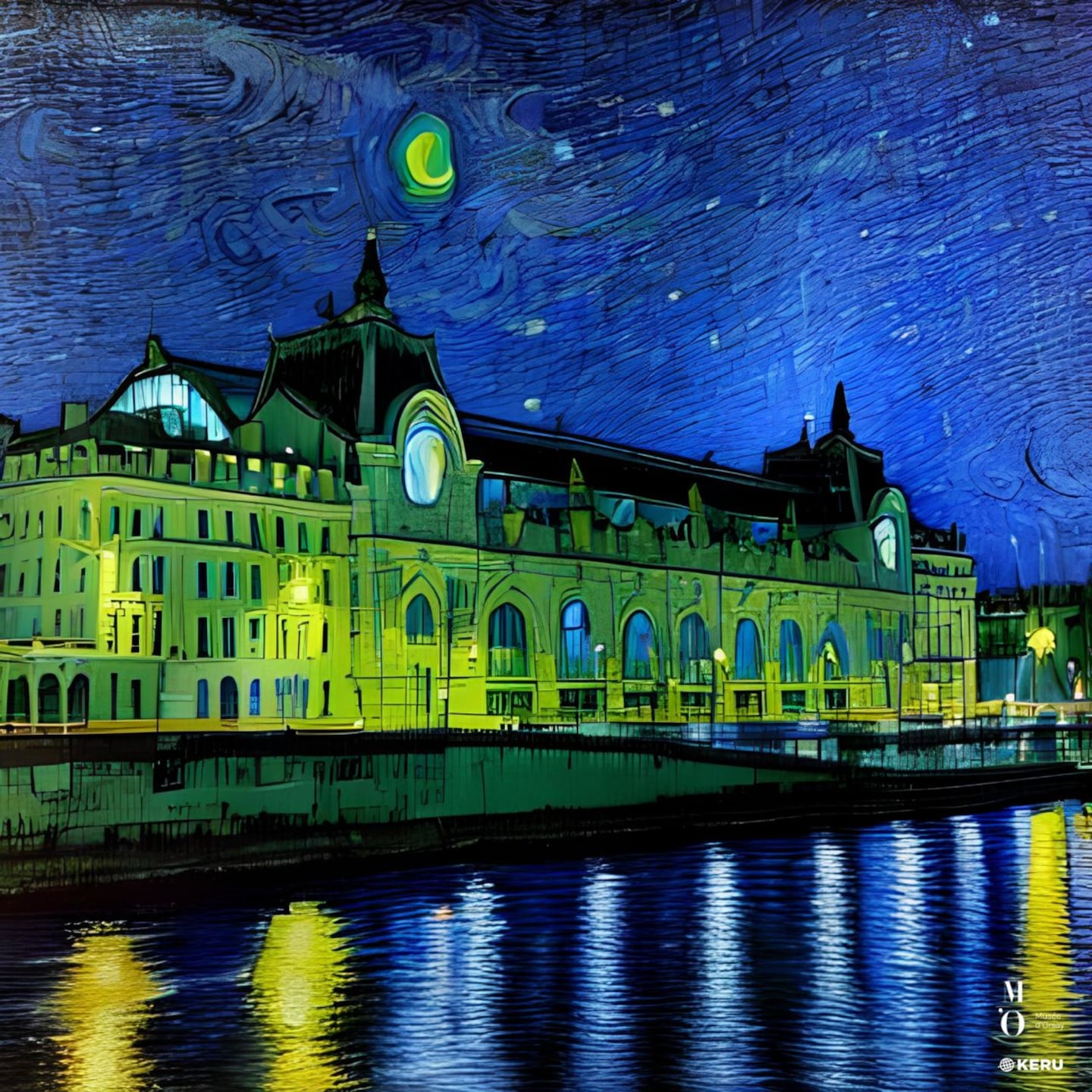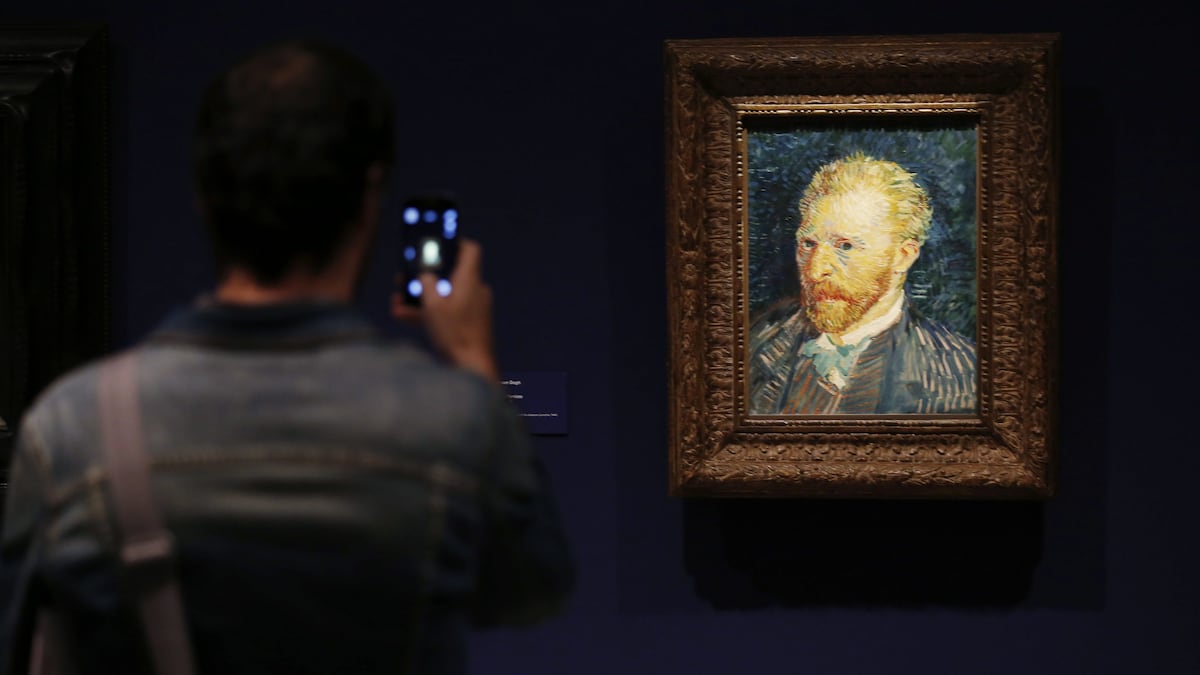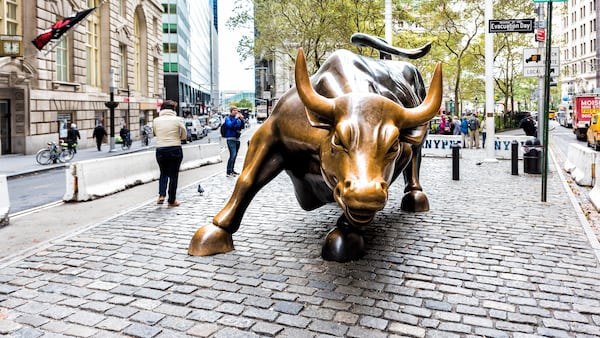- The Musée d’Orsay, home to Impressionist treasures, is serving up NFTs for its upcoming Van Gogh exhibit.
- Marketing move comes as NFT market loses cachet and floor prices plunge.
- Museums still like offering the digital tokens as keepsakes for art lovers.
Few could challenge that the Musée d’Orsay in Paris showcases the most sublime collection of Impressionist and Post-impressionist art anywhere. The galleries of the former railway station teem with Monet, Renoir, and Degas paintings that scandalised the stuffy world of 19th century art.
When the museum opens its Van Gogh exhibit on Tuesday it plans to offer visitors a more contemporary source of controversy — NFTs.
Flashback to 2021
Visitors may purchase non-fungible tokens depicting the last palette Van Gogh used before his death in 1890, and an original artwork inspired by the Dutch master. The cost: €20 for each of the 2,300 copies.
The marketing move may feel like a flashback to the heady days of 2021 when NFTs were fetching millions from collectors flush with crypto cash and businesses ranging from Nike to The New York Times Co. rushed out their own non-fungible tokens.
In those days, a number of museums, as well as Sotheby’s and Christie’s, the luxe auction houses, piled into the NFT craze as means of connecting with young people, especially those in the tech industry.
But now the NFT market has cratered. The floor price for Bored Ape Yacht Club, the longtime benchmark, has lost two-thirds of its value since March, falling to 24 ETH ($38,976), according to data from DeFiLlama.

More poignantly, NFTs appear to have lost their cachet in the culture. Gamers hate them and call them scams and celebrities appear to have dropped NFTs like a fad well past its sell date.
If that isn’t enough, DL News reported this week that around half of the NFT trading activity on Ethereum was linked to wash trading, an unsavoury practice designed to pump the price of assets.
“Most blockchain ecosystems have suffered from an enduring crypto winter,” said Valerie Whitacre, head of art at TriliTech, a group working on the adoption of the Tezos blockchain.
Cool keepsakes
Even so, NFTs are handy for certain businesses and institutions, especially museums. While the Musée d’Orsay may be arriving at a party that ended long ago, its directors say the digital souvenirs are cool keepsakes that will enable visitors to express their enjoyment of Van Gogh’s art in a different way.
Owners can store the tokens in their crypto wallets and tap them for discounts on return visits to the museum, merchandise and meals in its cafés overlooking the Seine and the Louvre. Keru, a platform based on the Tezos public blockchain, is hosting the so-called heritage tokens.
“From a perception standpoint, it is also a way to offer a new experience to our visitors and to widen our audience,” Constance de Marliave, Musée d’Orsay’s development and international projects manager, told DL News.
Even though NFTs have lost their buzz, museums and cultural institutions still like them. The technology provides new ways to raise funds and engage the art-loving community, Whitacre said. Some are also “experimenting with digital recreations of lost materials.”
For example, Kyiv’s Cultural Department and National Taras Shevchenko Museum use blockchain and augmented reality to exhibit Ukrainian art while Russia’s war continues, with access to culture shut.
Leaning in
In July, the British Museum entered an Ethereum-based metaverse, the Sandbox, where it offers NFTs within a virtual game. The Belvedere museum in Vienna released a collectible NFT of Gustav Klimt’s masterwork “The Kiss” in February 2022.
“As the traditional art world has demonstrated over the past 15 years, in times of lower trading volume, artists are inspired to create even more jaw-dropping and innovative work,” Whitacre said.
Despite their tarnished image, NFTs appear to still have a use in the art world, even if it is just leaning into a new type of marketing.
If you have a story about art and NFTs, contact the author: inbar@dlnews.com.





